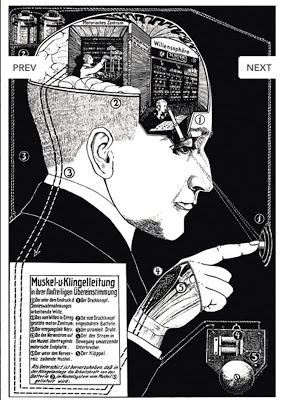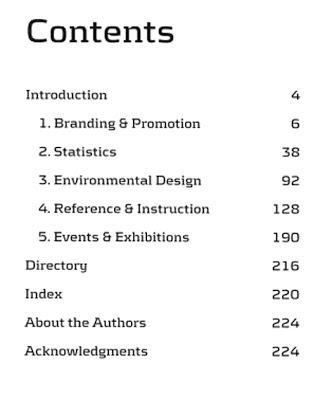Las dimensiones de la figura humana han fascinado a filósofos, escritores, artistas, arquitectos o diseñadores desde los egipcios hasta nuestros días.
Marco Vitruvio Polión (siglo I a. C.), arquitecto de Julio César, publicó el tratado ‘De Architectura‘ en 10 libros que establece unas proporciones del hombre que luego interpretarían Leonardo da Vinci en el Renacimiento, John Gibson y J. Bonomi en el siglo XIX o Le Corbusier en el XX.

Por un lado, la antropometría es la ciencia que estudia las dimensiones del cuerpo; es decir, las escalas y proporciones del ser humano (antropometría estática) y sus movimientos (antropometría funcional).
Por ejemplo, en 1883 el oficial de la policía francesa Alphonse Bertillon (1853-1914) expuso la nueva disciplina de la antropometría para identificar a los criminales gracias a la medición de las partes de su cuerpo humano, sus marcas individuales (cicatrices, tatuajes) y otras características personales.

Por otro lado, la ergonomía es la ciencia que estudia la adecuación de los productos, los sistemas y los entornos artificiales a las necesidades de los usuarios para optimizar su funcionalidad y eficacia. Según la Asociación Española de Ergonomía el objetivo es ‘adaptar el trabajo a las capacidades y posibilidades del ser humano’.
Aquí podemos ver algunos ejemplos de diagramas antropométricos y ergonómicos publicados en el manual de Henry Dreyfuss (1904-1972, diseñador industrial, EEUU) ‘The Measure of Man, Human Factors in Design’ publicado en 1960 (pdf y libro en Amazon).
En estas cartas, publicadas en la parte final de su trayectoria, Henry Dreyfuss explica las medidas humanas de su ‘Joe’ y ‘Josephine’ y establece una serie de referencias ergonómicas para que los diseñadores industriales tuviesen especificaciones precisas sobre el diseño de productos.




Human Dimension & Interior Space: A Source Book of Design Reference Standards, Julius Panero, Martin Zelnik, 1979
Sobre estas líneas vemos algunas imágenes del libro de ‘Human Dimension and Interior Space’ (Nueva York, 1979) de Julius Panero y Martin Zelnik, que establece unas normas de referencia para arquitectos y diseñadores de interiores.
En nuestros días, la antropometría y el diseño ergonómico son unas disciplinas fundamentales en los ámbitos de la accesibilidad, los riesgos laborales, la señalética, el diseño de equipos o la organización de espacios.
Referencias
• Identification Antropométrique, Alphonse Bertillon, 1883 (visor online en archive.org)
• Designing for People, Henry Dreyfuss, 1955 (Amazon)
• The Measure of Man, Henry Dreyfuss, 1960 (Amazon).
• The Symbols Sourcebook, A Comprehensive Guide to International Graphic Symbols, Henry Dreyfuss, 1972 (Amazon).
• Human Dimension & Interior Space: A Source Book of Design Reference Standards, Julius Panero, Martin Zelnik, 1979 (Amazon)
• Time-Saver Standards for Interior Design and Space Planning, McGraw-Hill. Joseph De Chiara, Julius Panero, Martin Zelnik, 2001 (Amazon).



























